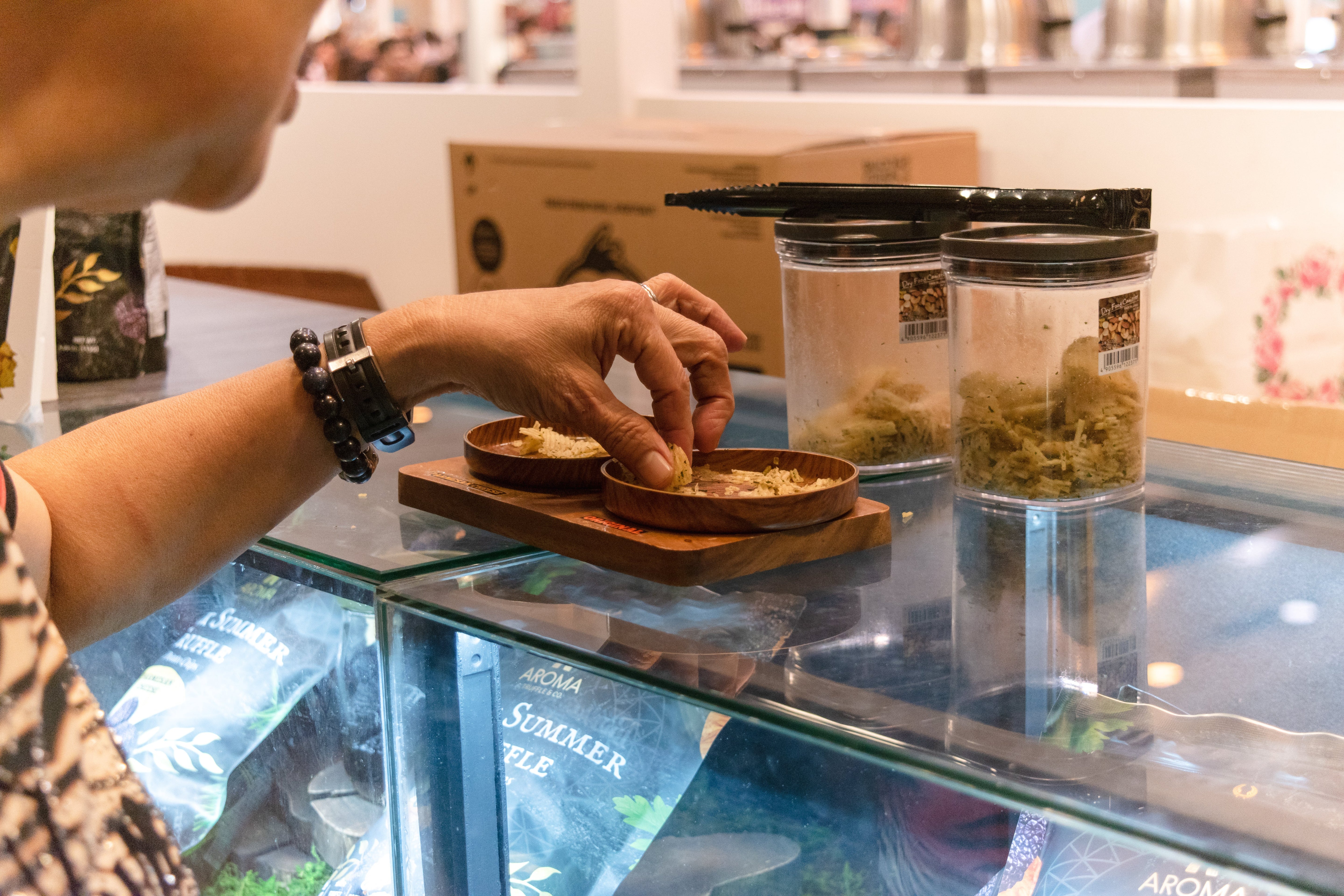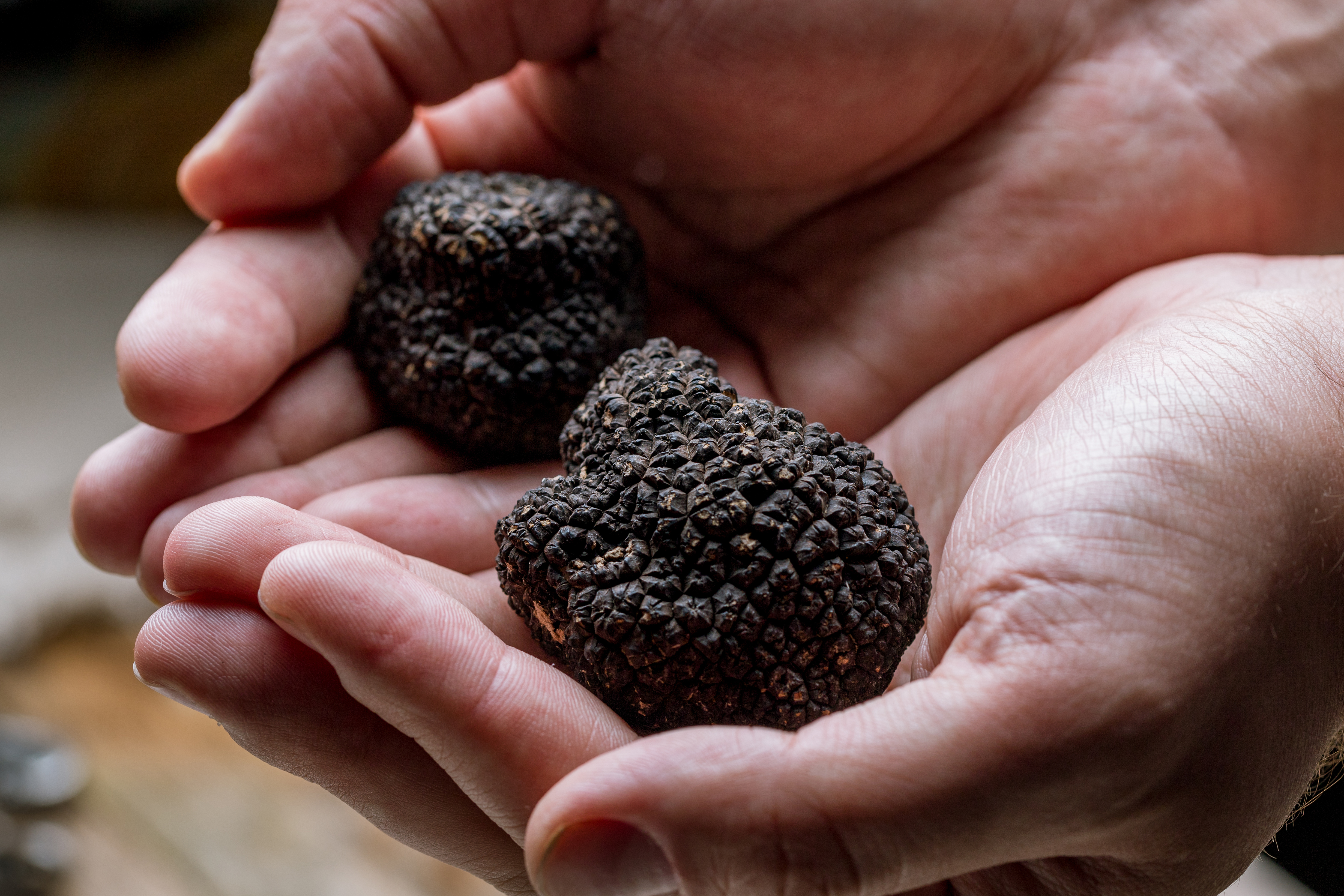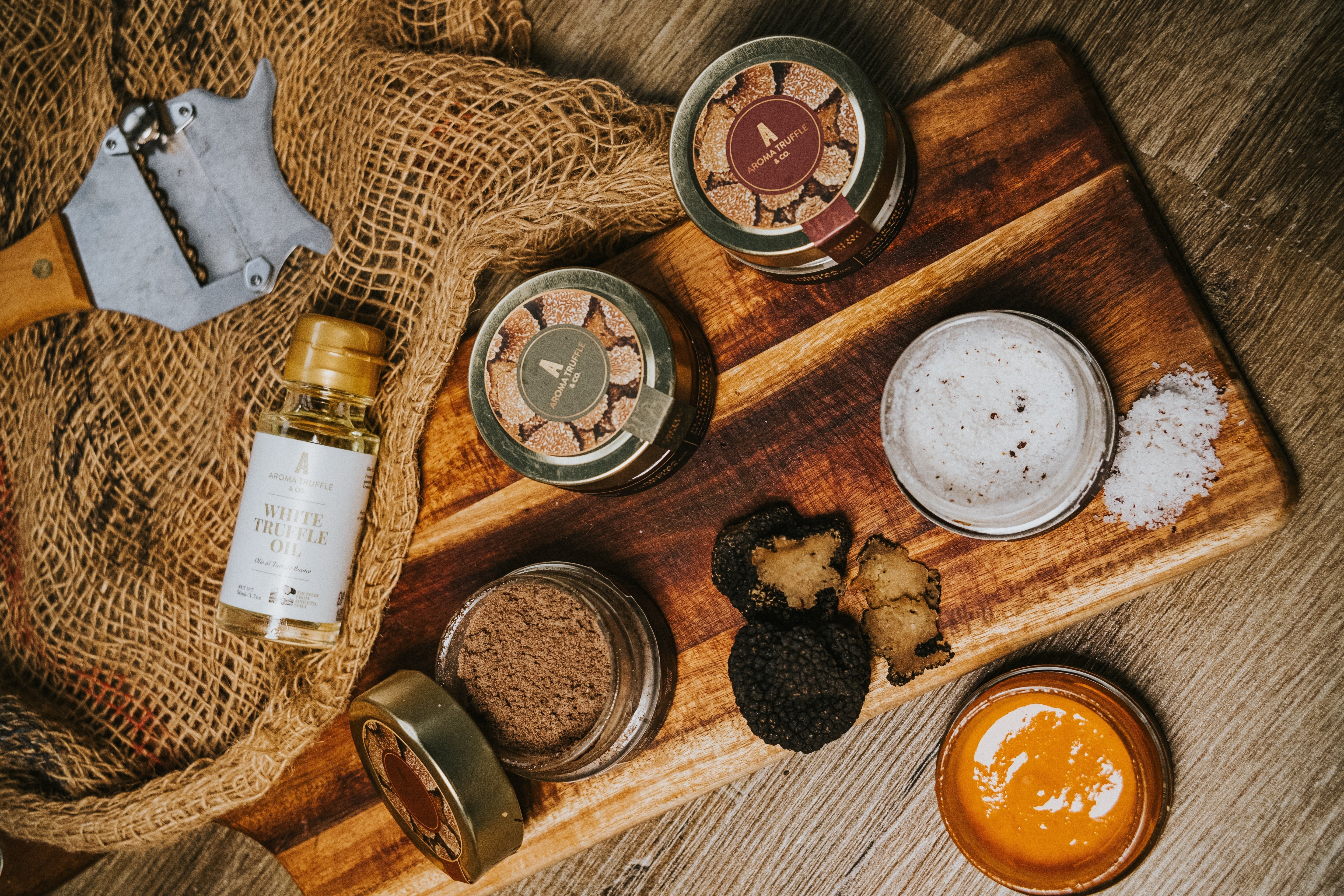
The Science of Flavour: Why Truffles Taste So Unique
Few ingredients in the culinary world hold the mystique and sophistication of truffles, whose flavours have captivated chefs and food enthusiasts for centuries. These subterranean gems are celebrated not only for their rarity and the luxury they embody but also for their complex, unparalleled flavour profiles that are as enigmatic as they are enchanting. At the heart of this allure lies the intricate chemistry of truffle aroma compounds, each contributing to the unique scent and taste that distinguish these culinary treasures. Aroma Truffle, a pioneer in capturing the authentic essence of truffles, is dedicated to bringing this gourmet experience to your table through innovative infusion techniques and a commitment to quality. Join us as we delve into the science behind truffle flavours, exploring the fascinating interplay of chemistry and nature that makes these delicacies a true feast for the senses.
The Chemistry Behind Truffle Aromas
The allure of truffles lies in their complex aroma profile, a result of intricate chemical interactions. Understanding these compounds helps us appreciate the unique flavours that make truffles a culinary treasure.
Volatile Organic Compounds in Truffles
Truffles owe their distinctive scent to a variety of volatile organic compounds (VOCs). These molecules are responsible for the intense, earthy aroma that defines the truffle experience.
The primary compound, 2,4-dithiapentane, imparts the signature musky scent that truffle enthusiasts crave. This sulfur-containing molecule is so potent that it can be detected even in minute quantities.
Dimethyl sulfide contributes to the earthy notes, while androstenone adds a unique olfactory dimension. Ethyl methylphenylglycidate rounds out the profile with subtle fruity and nutty undertones.
According to research, these compounds work in concert to create the complex truffle aroma, stimulating our senses and enhancing our culinary experiences.
Species-Specific Aroma Profiles
Different truffle species possess unique chemical compositions, resulting in distinct flavour profiles. This variation is a key factor in the diverse world of truffle gastronomy.
Black truffles (Tuber melanosporum) are known for their robust, earthy flavour with hints of chocolate and nuts. White truffles (Tuber magnatum), on the other hand, offer a more delicate aroma with notes of garlic and cheese.
The intensity and nuances of these flavours can vary significantly between species, as well as within species, depending on environmental factors. This diversity is part of what makes truffle tasting such an exciting culinary adventure.
The Role of Microbial Symbiosis
The unique flavour of truffles isn't solely a product of the fungus itself. Microbial interactions play a crucial role in developing the complex aromas we associate with these prized delicacies.
Microbial Contributions to Truffle Flavor
Truffles engage in symbiotic relationships with various microorganisms, which significantly influence their flavour development. This intricate dance of biology and chemistry is key to understanding truffle taste.
Bacteria residing within and around truffles contribute to the production of volatile compounds. These microbes metabolize nutrients in the truffle's environment, creating byproducts that enhance the fungus's aroma profile.
Some bacteria, for instance, produce thiophene derivatives, which add depth to the truffle's scent. Others may contribute to the formation of sulfur compounds, intensifying the characteristic earthy notes.
Research has shown that the microbial community associated with truffles can vary based on species, location, and maturity, further explaining the diversity in truffle flavours.
Environmental Factors Affecting Flavour
The environment in which truffles grow plays a significant role in shaping their flavour profile. Soil composition, climate, and host trees all contribute to the unique taste of each truffle.
Soil minerals influence the nutrients available to truffles, affecting their chemical makeup. For example, calcium-rich soils may promote the production of certain aromatic compounds.
Climate factors such as temperature and rainfall impact truffle growth and aroma development. Seasonal variations can lead to differences in flavour intensity and complexity.
The concept of "terroir," often applied to wine, is equally relevant to truffles. Each growing region imparts its unique characteristics to the truffles, resulting in distinct flavour profiles that reflect their origin.

Aroma Truffle's Commitment to Authentic Flavor
At Aroma Truffle, we understand the science behind truffle flavours and are dedicated to bringing authentic truffle experiences to our customers through careful sourcing and innovative techniques.
Sourcing from Spoleto, Italy
Aroma Truffle takes pride in sourcing our Black Summer Truffles from the renowned Umbria region, specifically Spoleto, Italy. This area is celebrated for its exceptional truffle production.
The unique terroir of Spoleto, with its mineral-rich soil and ideal climate, contributes to the superior quality of our truffles. These environmental factors ensure that our truffles develop the complex flavor profiles that truffle enthusiasts crave.
By maintaining strong relationships with local truffle hunters, we ensure that only the finest specimens make their way into our products. This commitment to quality begins at the source, guaranteeing an authentic truffle experience in every bite.
Proprietary Infusion Techniques
Aroma Truffle has developed proprietary methods for preserving and infusing truffle flavor into our products, ensuring that the delicate aroma compounds are captured and maintained.
Our infusion process carefully extracts the volatile organic compounds from fresh truffles, preserving their complex flavour profile. This method allows us to create products that truly capture the essence of fresh truffles.
Unlike some manufacturers who rely on synthetic alternatives, Aroma Truffle uses real truffle infusions in all our products. This commitment to authenticity results in a superior taste experience that showcases the true flavour of truffles.





Leave a comment
This site is protected by hCaptcha and the hCaptcha Privacy Policy and Terms of Service apply.